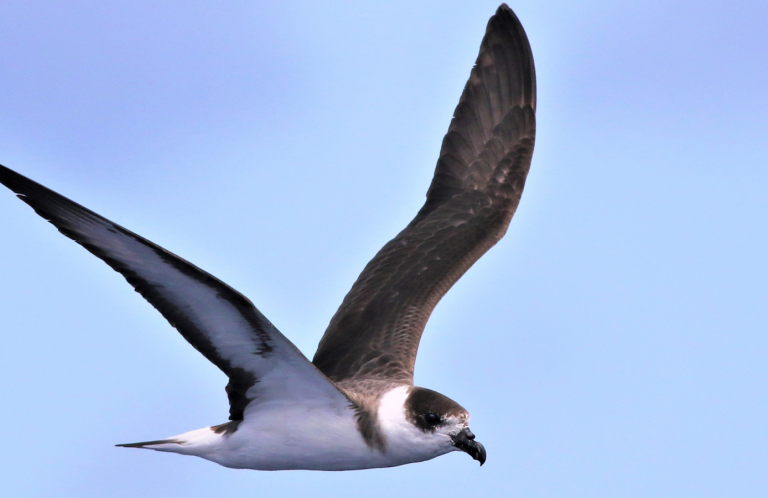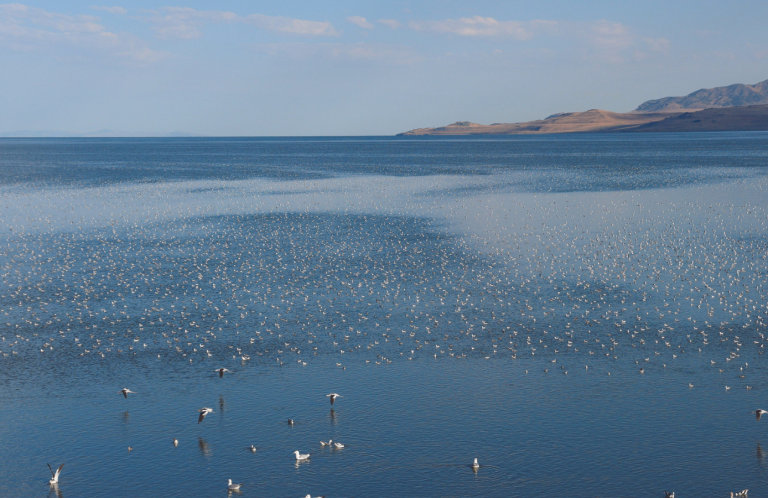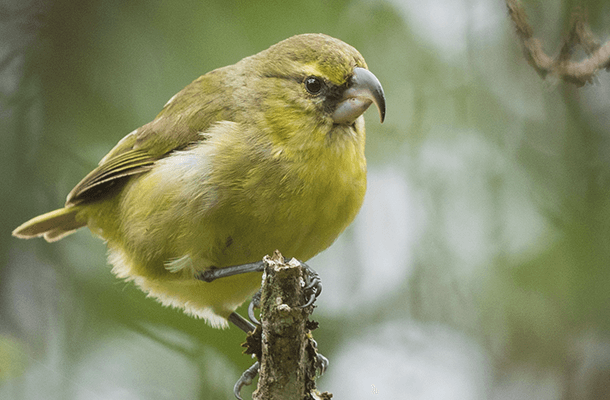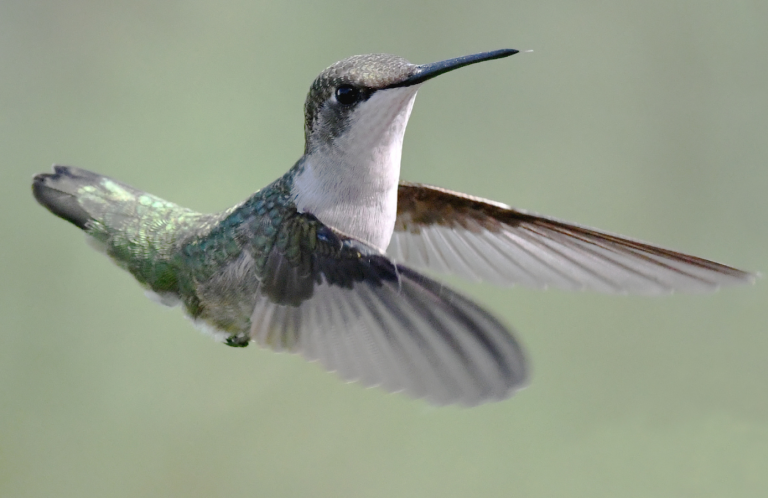Largest Birds of the Americas: Land & Sea, Flight & Flightless
Twenty-five million years ago, Pelagornis sandersi — the largest flying bird ever — soared on wings that could stretch from a giraffe's head to hoofs. Although Pelagornis' colossal 24-foot wingspan is beyond the reach of its modern counterparts, many birds in the Western Hemisphere remain impressive in their own right, perched atop the food chain in some cases.
While there may be common agreement that birds like the California Condor, Greater Rhea, and Golden Eagle are big, when it comes to naming the largest, the answer is less clear cut.
That's because bird size is typically defined by body length (bill to tail), wingspan, or weight. Not surprisingly, each measure produces a different winner. And things get more complicated when you begin to consider questions of mobility (flightless vs. flying birds) and habitat (sea vs. land bird).
Lacking a single, overall winner, we've broken the contenders into five basic categories below.
Greater Rhea – Largest Flightless Bird in the Americas
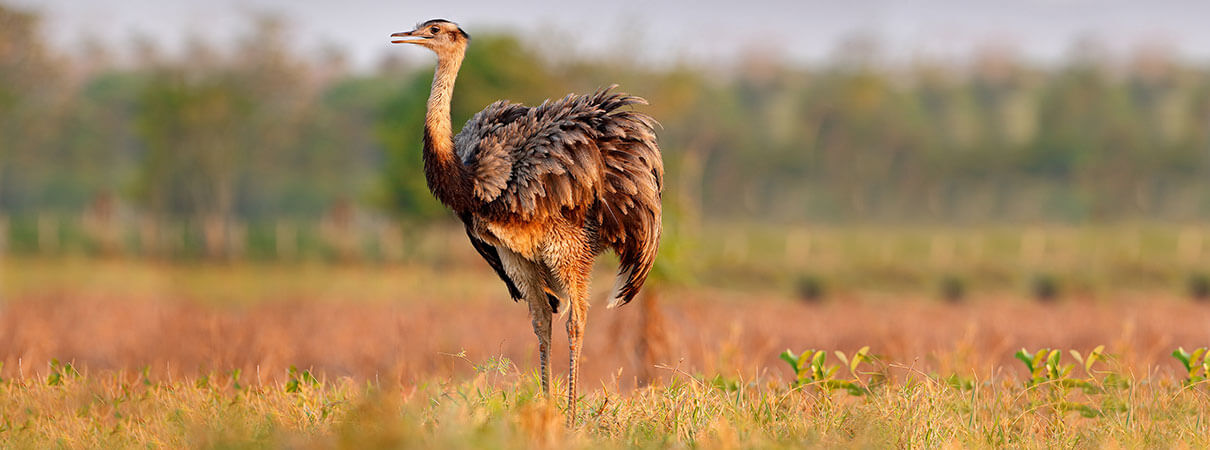
Greater Rhea. Photo by Ondrej Prosicky/Shutterstock
Found in the lowland savannas of central South America, the Greater Rhea is one of the largest birds on the planet. And when it comes to the Western Hemisphere, no other bird can match it in terms of weight and body length.
These flightless giants can weigh over 50 pounds — approximately 800 times more than a house sparrow — and measure 5.5 feet in length. This height gives rheas a good view of the open areas where they live, helping them spot predators which, in many cases, are human hunters. Hunting, coupled with habitat loss, are primary factors driving Greater Rhea decline and the species is now considered Near Threatened.
With ABC support, conservation partners in Bolivia have protected more than 27,000 acres for Greater Rheas and other rare species.
Wandering Albatross – Largest Seabird in the Americas (and World)

Wandering Albatross. Photo by MZPHOTO.CZ/Shutterstock
The Wandering Albatross' massive 11-foot wingspan isn't just the widest in the Western Hemisphere — it's without peer in the world. Found throughout lower portions of the Southern Hemisphere, the Wandering Albatross makes its home almost exclusively at sea, returning to land only once every two years to breed.
These legendary travelers can fly up to 600 miles in a single day, covering a distance equivalent to 18 round trips to the moon during their lifetimes.
And while roaming remote seas keeps Wandering Albatrosses far from most humans, it doesn't eliminate our impact. Wandering Albatrosses are considered Vulnerable and, like other albatross species, they are threatened by climate change, marine pollution, overfishing, and “bycatch,” which occurs when seabirds are caught and drowned by trawler nets and cables or on long lines of baited hooks laid out by fishing boats.
To protect Wandering Albatrosses, ABC's Seabirds Program is working with partners to advance safe fishing techniques while urging Congress to sign onto the international Agreement on the Conservation of Albatrosses & Petrels.
California and Andean Condors – Largest Flying Land Birds in the Americas
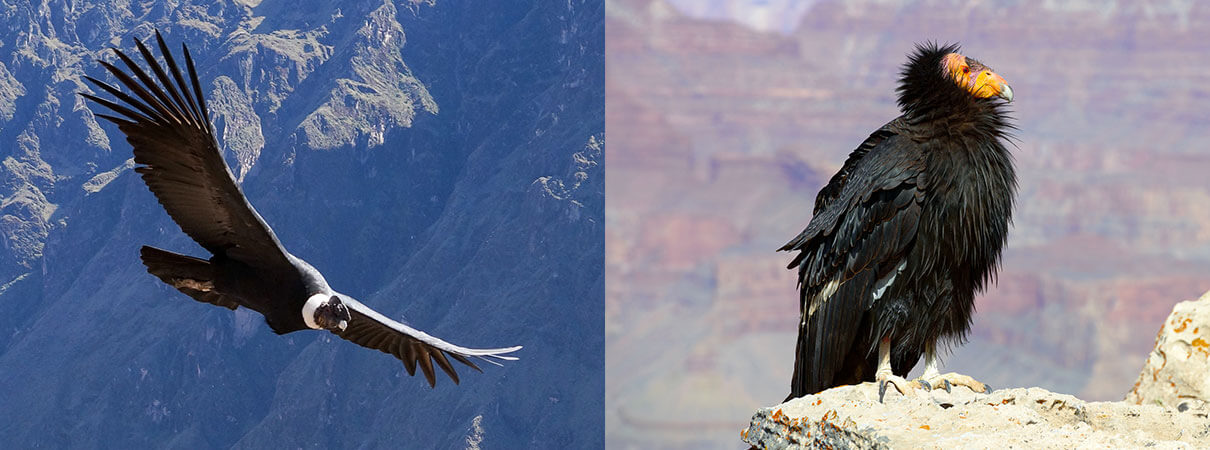
Left: Andean Condor. Photo by Vadim Ozz/Shutterstock Right: California Condor. Photo by kojihirano/Shutterstock
California and Andean Condors are, respectively, the largest flying birds in North and South America. In terms of body length, the California Condor (4.5 feet) slightly nudges out the Andean Condor (four feet). The Andean Condor, however, wins when it comes to weight (33 pounds) and wingspan (10.5 feet) — nearly as long as a compact car.
Despite inhabiting distant ranges — the desert Southwest vs. the Andes — these birds have much in common. Both are scavengers that feast on the remains of the dead, usually medium- and large-sized mammals. Both are known for their longevity. And, sadly, both are threatened by humans, by lead poisoning (from spent ammunition), habitat loss, and in some areas hunting.
The population of California Condors fell to 22 birds in 1980s, but thanks to a successful captive breeding program there are now 290 in the wild. Today, they are considered Critically Endangered. In South America, ABC is working to save critical habitat for the Andean Condor, which is considered Near Threatened. We helped partner organization Fundación Jocotoco acquire a 7,000-acre area in Ecuador, Hacienda Antisanilla, which protected the majority of condors found in that country in 2014.
Harpy Eagle: Largest Hunting Bird in the Americas

Harpy Eagle. Photo by Chepe Nicoli/Shutterstock
Tipping the scales at 20 pounds — the approximate weight of two bowling balls — the Harpy Eagle is the largest hunting bird in the Americas. This apex predator, which is found in areas of extensive lowland forest in Central and South America, sports legs comparable in girth to a human arm and talons the size of Grizzly Bear claws. As if that wasn't enough, Harpy Eagles are equipped with owl-like facial disks that pick up even the faintest sounds, leading them to sloths, monkeys, and other prey.
These big hunters occupy vast hunting territories, sometimes exceeding 10,000 acres in size. But finding large, healthy forest tracts is becoming more difficult as tropical woodlands disappear — and the strain is showing as Harpy populations decline. They are now considered Near Threatened.
Luckily, they are not without defenders. ABC supports several bird reserves that provide habitat for Harpy Eagles, including Brazil's Serra Bonita and Ecuador's Narupa Reserve.
Golden Eagle: Largest Hunting Bird in North America
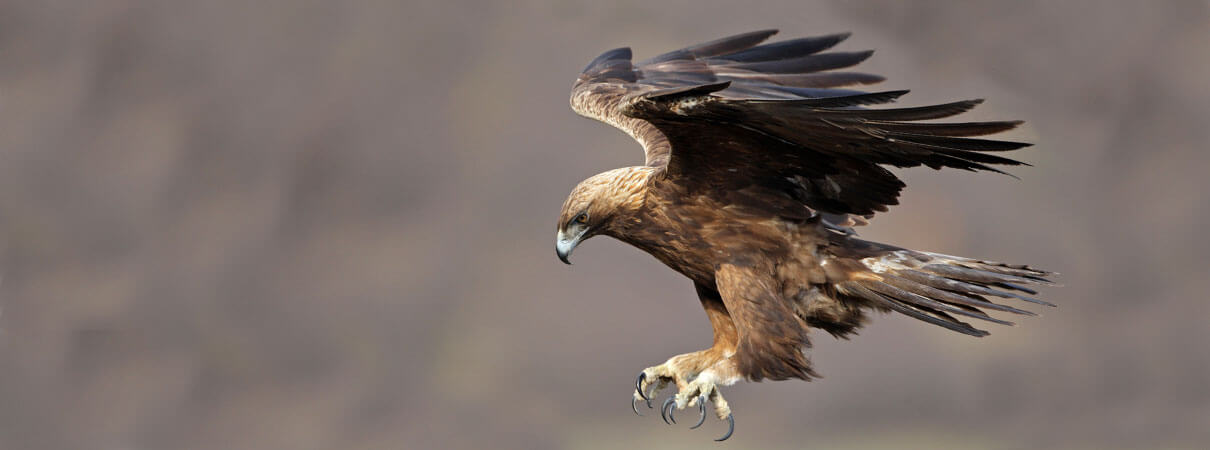
Golden Eagle. Photo by Emil Enchev/Alamay Stock Photo
With a wingspan topping seven feet, Golden Eagles are the largest hunting birds in North America. And they aren't just big birds — Golden Eagles are among the most formidable winged hunters in the world, capable of diving on prey at speeds approaching 200 miles per hour. While subsisting typically on rabbits, squirrels, and prairie dogs, Golden Eagles have been known to feed on much larger animals, including: seals, bighorn sheep, pronghorn, coyotes, and bobcats.
Their range, which wraps around much of the Northern Hemisphere, is the largest of any eagle. In North America, this includes everything from desert to arctic environments, although they are primarily found in the western United States.
Despite passage of protective legislation in the United States, these birds are not free of human threats. One of the biggest dangers comes from the ever-growing gauntlet of wind turbines built in critical habitat. Turbines in California's Altamont Wind Resource Area alone have killed more than 2,000 Golden Eagles since 1998. In 2013, the federal government extended previous “take” limits, allowing permitted wind energy companies to kill eagles without prosecution for 30 years. The following year, ABC challenged the rule and scored a major victory for eagles when it was rescinded in 2015.





































